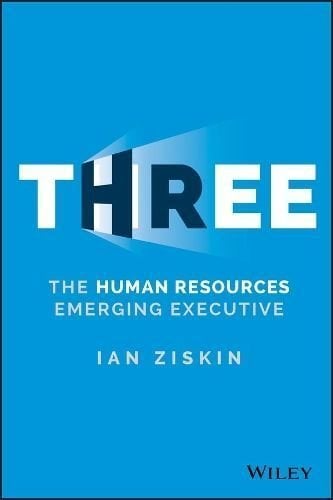Since the fundamental work of Walras (1874), markets have received particular attention by economists because they lead to an efficient allocation of goods and services. However, the proper functioning of markets rests on certain assumptions. For instance, the good or serÂ- vice which is to be traded must be clearly defined. This elementary requirement is often violated in reality, in particular when services are concerned. Consider the example of railway workers who are hired to lay tracks. A labour contract which stipulates a fixed wage and defines the workers’ task as “laying tracks” is rather unspecific. Workers may profit from this vagueness by reducing effort to a comfortable amount -as long as tracks are laid, they do not violate contract conditions. Thus, an imÂ- precise definition of the service can result in inefficiently low efforts. An obvious solution to this problem is a clearer definition of the serÂ- vice, but often this way is barred: To specify, for instance, all actions which are involved in laying tracks and which may vary with weather, surface and other conditions is far too complicated and too costly. InÂ- deed, labour contracts seldom give a detailed account of the task of a worker. Alternatively to a more precise task description, the wage of the worker could be conditioned on information about the worker’s performance. For example, the railway workers might be paid by the length of tracks laid so that they are motivated to exert more effort.












